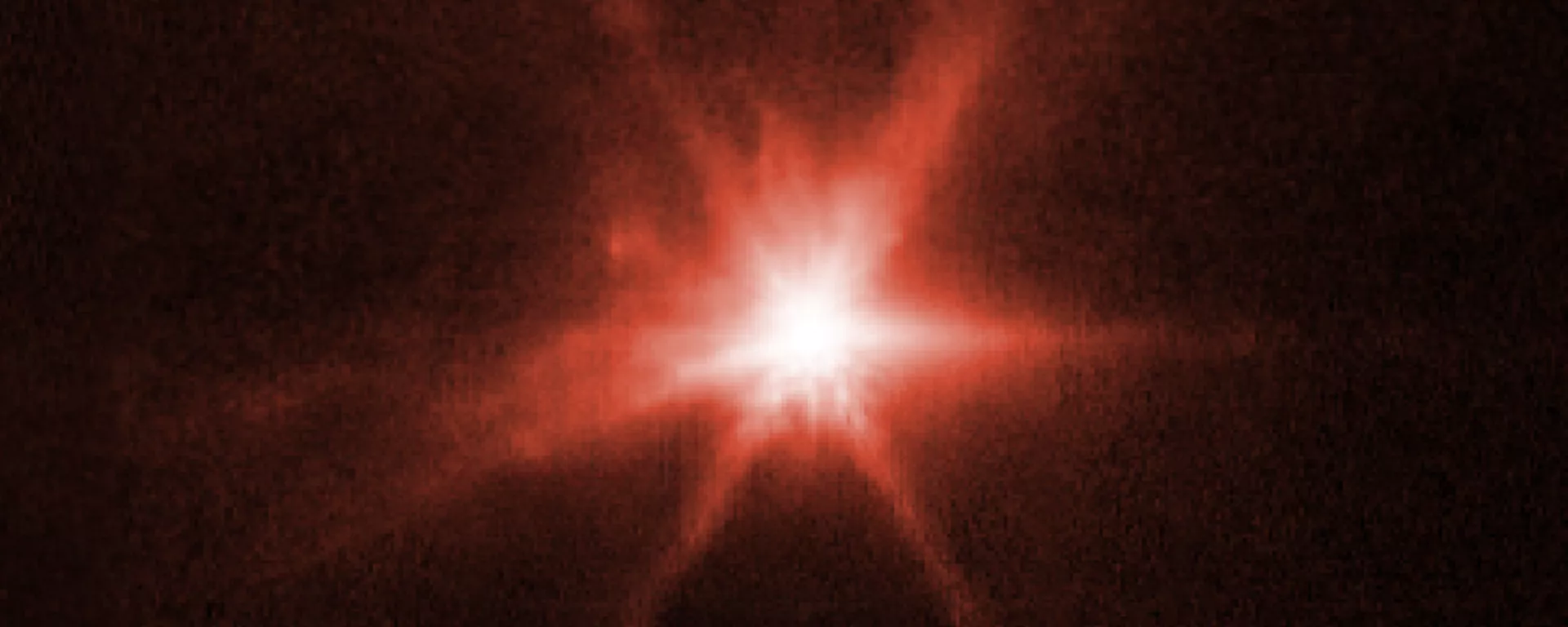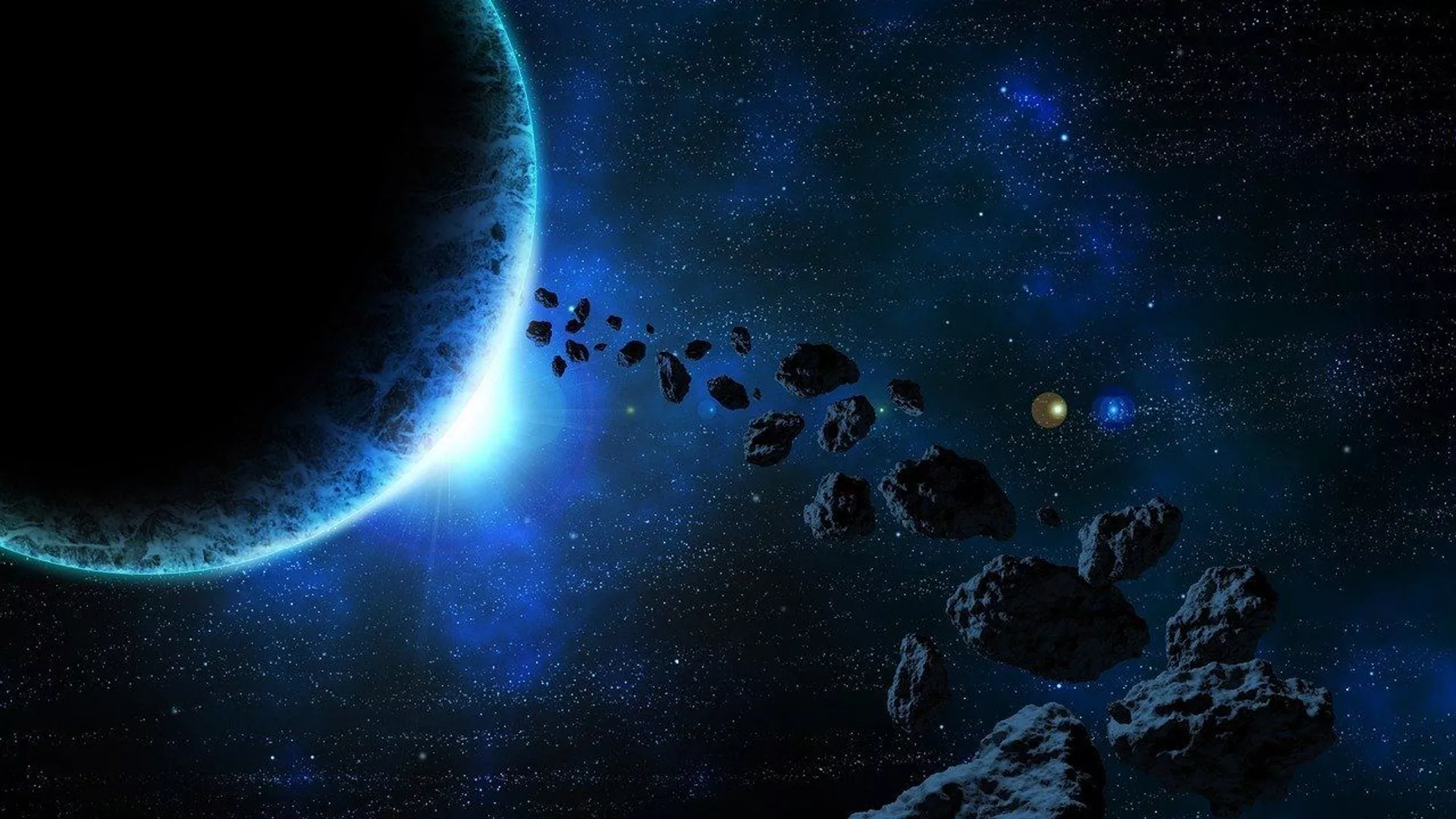https://sputnikglobe.com/20221002/russian-observatories-discover-new-asteroid-hurtling-towards-earth-1101434287.html
Russian Observatories Discover New Asteroid Hurtling Towards Earth
Russian Observatories Discover New Asteroid Hurtling Towards Earth
Sputnik International
NASA released pictures of its experimental Double Asteroid Redirection Mission (DART) to collide a spacecraft with an asteroid recently, with the agency's... 02.10.2022, Sputnik International
2022-10-02T10:42+0000
2022-10-02T10:42+0000
2023-04-12T17:02+0000
science & tech
asteroid
nasa
near-earth objects (neo)
space
https://cdn1.img.sputnikglobe.com/img/07e4/09/08/1080401493_0:0:1280:720_1920x0_80_0_0_c9b6c9942ecc1668fabdc937b1d18e96.jpg.webp
Two observatories in southern Russia have discovered a new asteroid, 2022 SE37, approaching Earth.The diameter of the asteroid, which the two observatories tracked down on October 1, is half a kilometer, and it revolves around the Sun in an elongated orbit with a period of 3.44 years, confirmed the Keldysh Institute of Applied Mathematics of Russia’s Academy of Sciences on its Telegram channel.The institute clarified that in the foreseeable future the asteroid does not pose a danger to Earth. The publication is also accompanied by images of the asteroid, which were taken by a telescope in the village of Kochevanchik and a telescope of the Kuban State University.The detection of the new asteroid comes as the US National Aeronautics and Space Administration (NASA) recently released pictures of an experimental mission to collide its Double Asteroid Redirection Test (DART) craft spacecraft with an asteroid.The images, captured by the Hubble Space Telescope and its successor, the James Webb Space Telescope, showed the flare after the craft collided at high speed with the asteroid Dimorphos, which orbits the larger rock Didymos on September 26.The DART mission was designed to test the feasibility of deflecting a large asteroid or comet that were on a collision course with Earth. The latest experiment was hailed by the US space agency as allowing scientists to gain knowledge about how such kinetic impacts can alter an asteroid's orbit.While most near-Earth objects have orbits that do not bring them too close to Earth, a small number of them - larger than 460 feet (140 m) in size and with orbits that bring them within 4.6 million miles (7.5 million km) of Earth's orbit around the Sun - are considered to be potentially hazardous. Asteroids and comets with orbits that bring them within 30 million miles (48.3 million kilometers) of Earth are referred to as near-Earth objects (NEOs). Accordingly, NASA and other space organizations throughout the world maintain have been on a mission to identify threats from NEOs that could cause significant damage.
https://sputnikglobe.com/20220930/nasa-releases-space-telescope-pics-of-asteroid-deflection-test-1101367072.html
https://sputnikglobe.com/20220928/big-bada-boom-italian-satellite-releases-first-images-on-nasas-dart-spacecraft-hitting-asteroid-1101295117.html
Sputnik International
feedback@sputniknews.com
+74956456601
MIA „Rossiya Segodnya“
2022
News
en_EN
Sputnik International
feedback@sputniknews.com
+74956456601
MIA „Rossiya Segodnya“
Sputnik International
feedback@sputniknews.com
+74956456601
MIA „Rossiya Segodnya“
science & tech, asteroid, nasa, near-earth objects (neo), space
science & tech, asteroid, nasa, near-earth objects (neo), space
Russian Observatories Discover New Asteroid Hurtling Towards Earth
10:42 GMT 02.10.2022 (Updated: 17:02 GMT 12.04.2023) NASA released pictures of its experimental Double Asteroid Redirection Mission (DART) to collide a spacecraft with an asteroid recently, with the agency's science chief hailing the ongoing effort to teach engineers how to "deflect and defend" against potentially hazardous objects hurtling towards Earth.
Two observatories in southern Russia have discovered a new asteroid, 2022 SE37,
approaching Earth.The diameter of the asteroid, which the two observatories tracked down on October 1, is half a kilometer, and it revolves around the Sun in an elongated orbit with a period of 3.44 years, confirmed the Keldysh Institute of Applied Mathematics of Russia’s Academy of Sciences on its Telegram channel.
The institute clarified that in the foreseeable future the asteroid does not pose a danger to Earth. The publication is also accompanied by images of the asteroid, which were taken by a telescope in the village of Kochevanchik and a telescope of the Kuban State University.

30 September 2022, 11:28 GMT
The detection of the new asteroid comes as the US National Aeronautics and Space Administration (NASA) recently released pictures of an experimental mission
to collide its Double Asteroid Redirection Test (DART) craft spacecraft with an asteroid.
The images, captured by the Hubble Space Telescope and its successor, the James Webb Space Telescope, showed the flare after the craft collided at high speed with the asteroid Dimorphos, which orbits the larger rock Didymos on September 26.
The DART mission was designed to test the feasibility of deflecting a large asteroid or comet that were on a collision course with Earth. The latest experiment was hailed by the US space agency as allowing scientists to gain knowledge about how such kinetic impacts can alter an asteroid's orbit.

28 September 2022, 04:17 GMT
While most near-Earth objects have orbits that do not bring them too close to Earth, a small number of them - larger than 460 feet (140 m) in size and with orbits that bring them within 4.6 million miles (7.5 million km) of Earth's orbit around the Sun - are considered to be potentially hazardous. Asteroids and comets with orbits that bring them within 30 million miles (48.3 million kilometers) of Earth are referred to as near-Earth objects (NEOs). Accordingly, NASA and other space organizations throughout the world maintain have been on a mission
to identify threats from NEOs that could cause significant damage.





